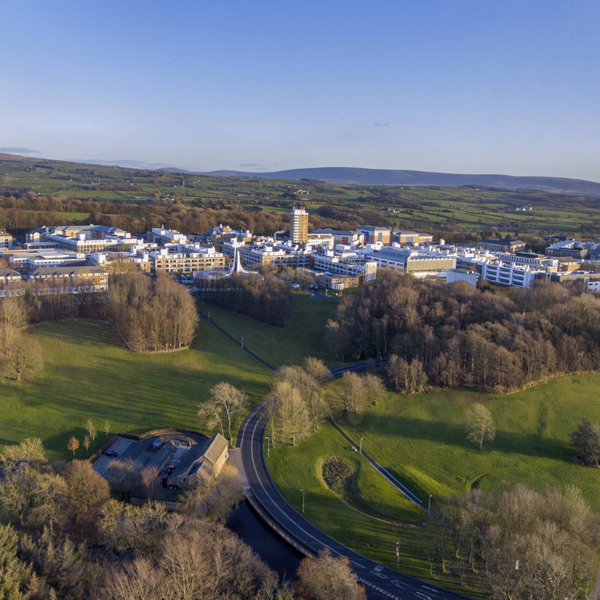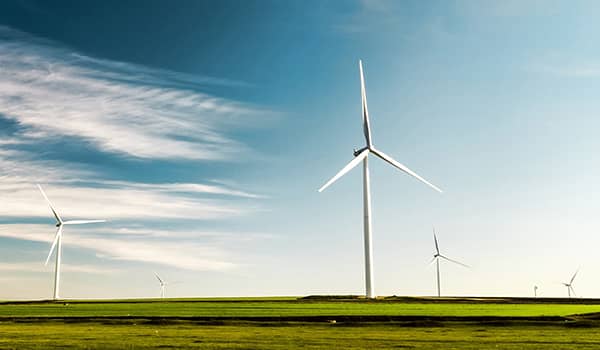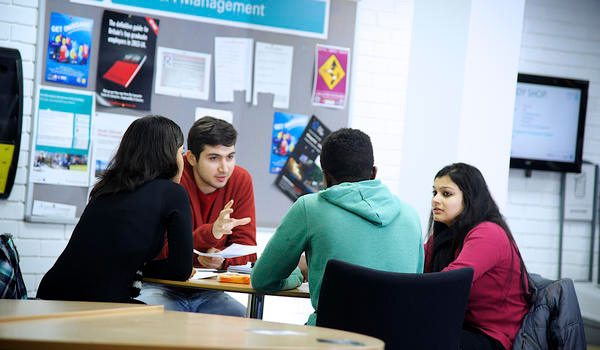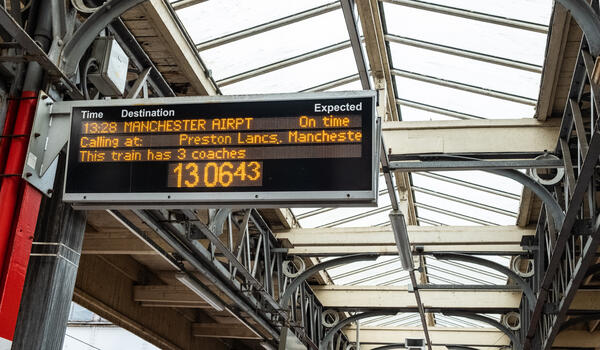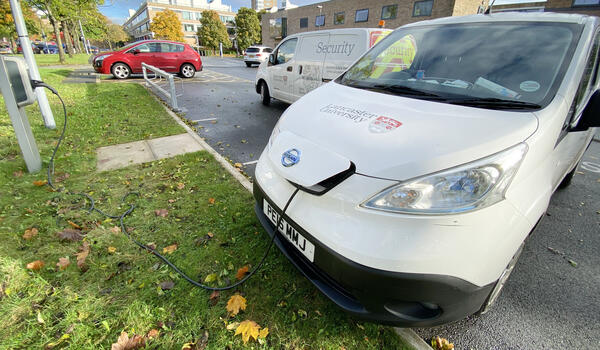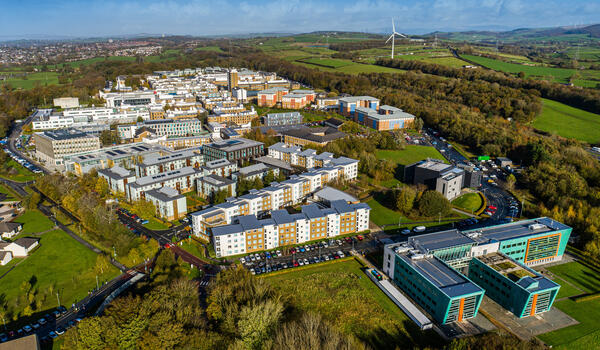Climate Emergency Declaration
In recognition of the increasing urgency to respond to climate change, internal staff and student pressure and the scientific and HE sector consensus that rapid action was imperative, Lancaster University declared a climate emergency in November 2020. The Declaration of Climate Emergency commits Lancaster University to becoming ‘net zero’ from Scope 1 and 2 carbon emissions (mainly from electricity and gas consumption) by 2030 and ‘net zero’ from scope 3 (from transport and procurement) by 2035. The targets are ‘science based’ in that they reflect the urgency of the task to reduce carbon emissions as rapidly as possible.
Baseline data from 2005 for scope 1 and 2 - 25,986 tCO2e.
Baseline data from 2019 for scope 3 - 61,748 tCO2e.
Our target is a 50% reduction in scope 3 emissions by 2030 (from a 18/19 baseline), progressing to Net Zero by 2035.
Lancaster University uses the Higher Education Supply Chain Emissions Tool (HESCET) to get a value for Scope 3 emissions.



